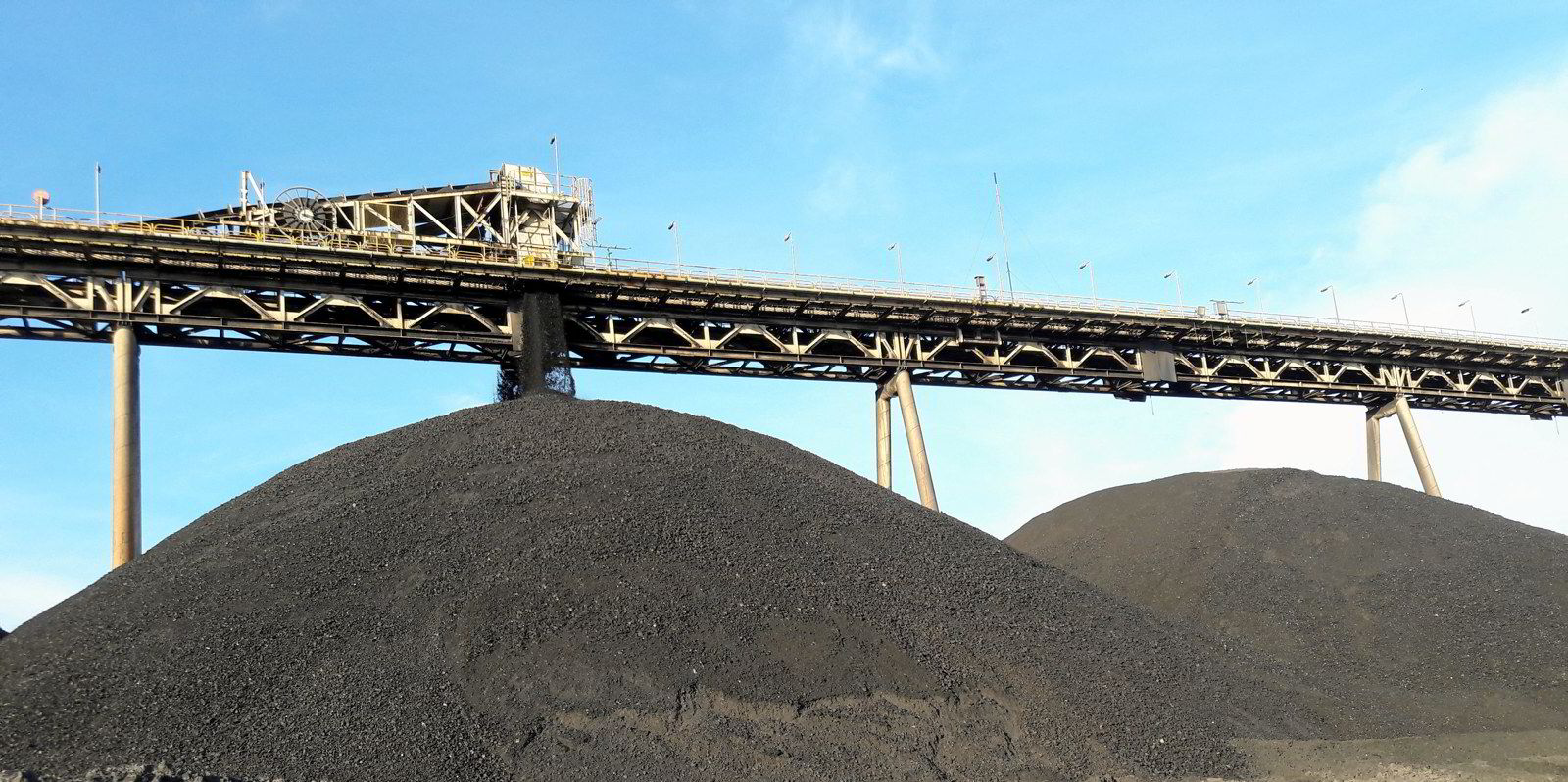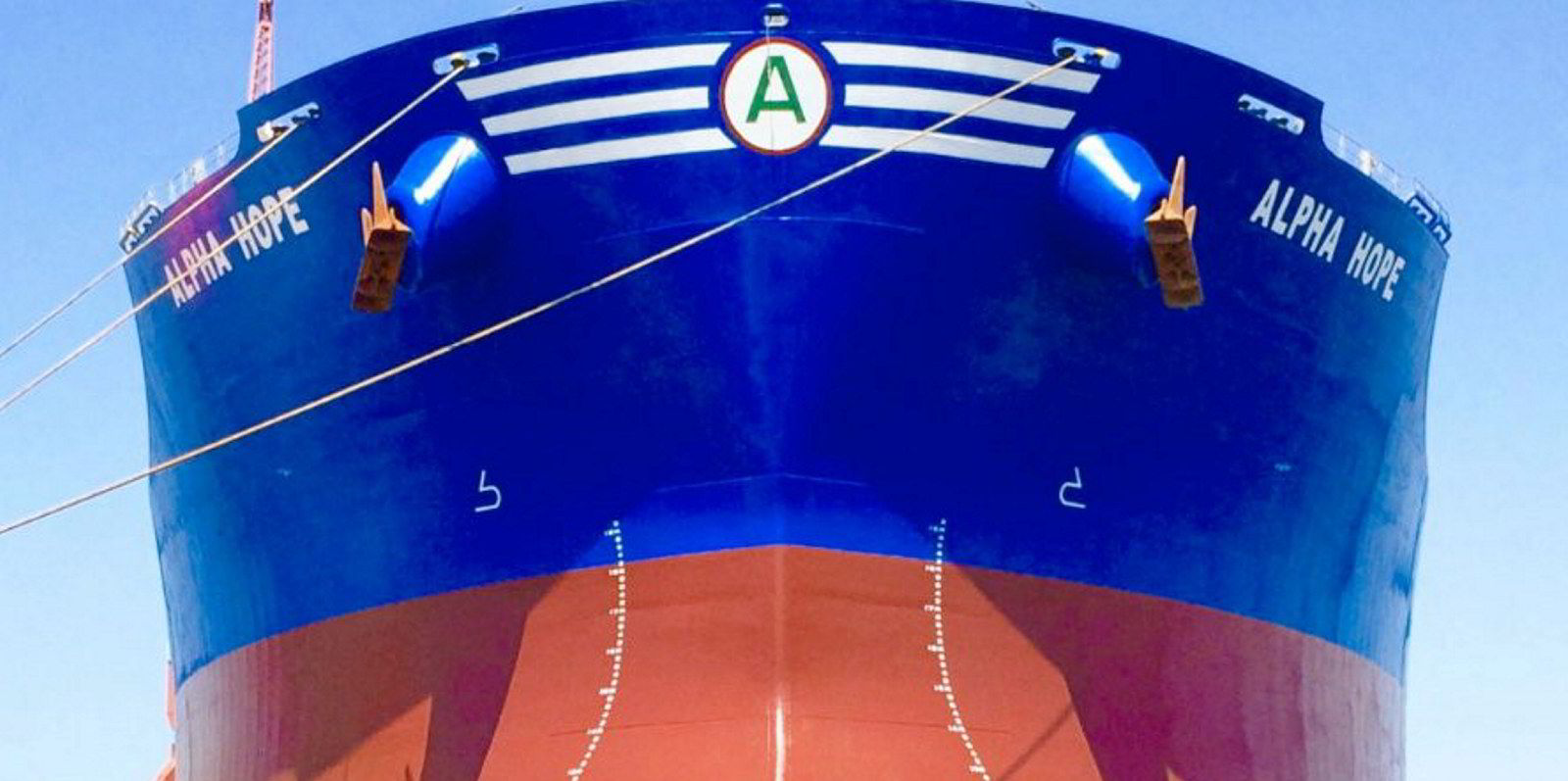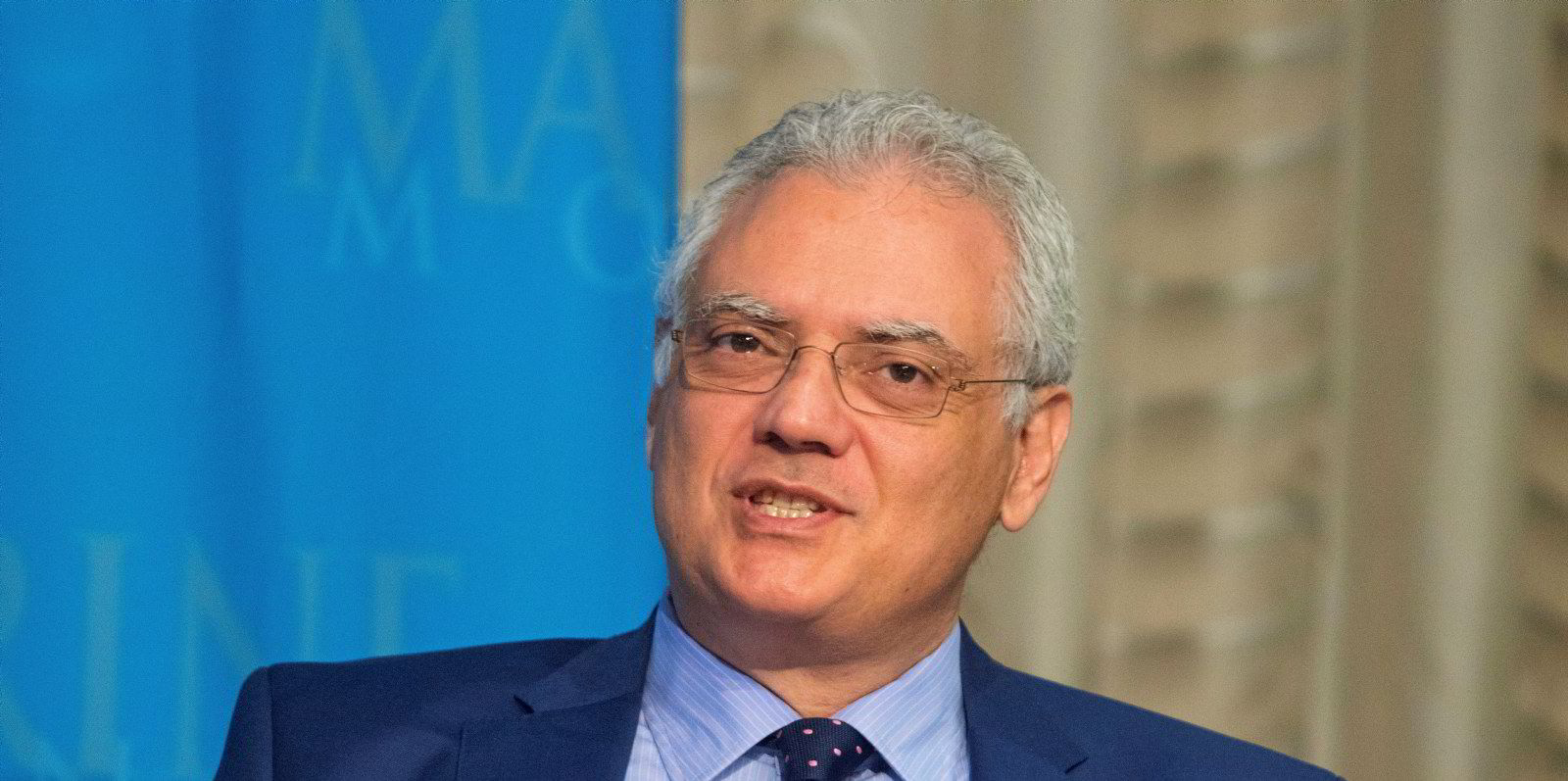The cost of carbon in Europe has helped demand for capesize bulkers carrying Atlantic coal to double during the first six months of 2021, according to research.
Arrow Shipbroking Group's research team said that the boost in capesize demand comes on the back of a mismatch in pricing between the East and West.
"The coal market has swung from a heavy surplus in 2020 into a tight deficit in 2021 as demand has bounced back more aggressively than anticipated," the team said in a note on Tuesday.
"This has caused inter-basin arbitrages to open up, which is consequently driving Atlantic coal into the Pacific."
Demand for capesizes carrying Atlantic coal rose by 92% during the first six months of 2021, according to Arrow.
Meanwhile, demand for capesizes carrying iron ore from the Atlantic basin fell by 3% over the same period.
Low profit margins in Europe
Demand for coal in Europe would be high if it simply came down to energy prices, but another dynamic is at play, Arrow said.
"Rallying carbon prices have decimated the profitability of coal in Europe," the firm explained in its note.
"So as far as our data goes back, year-ahead coal margins today are the highest ever without carbon. However when you factor in carbon, margins today are the lowest ever."
As of Tuesday, year-ahead profit margins in Germany were €42 ($49.50) per megawatt hour (MWh) for burning coal without carbon credits (so-called "dark spreads"), according to data cited by Arrow.
The year-ahead margin is -€15 per MWh for burning the fuel in Germany with carbon credits (known as "clean-dark spreads").
Looking East
Importers in the Far East are picking up coal cargoes that would otherwise have made their way to Europe.
"A decade-strong panamax market means capes[izes] are increasingly called into the coal trade to fill the gaps," Arrow said in the report.
"In June, capes[izes] took a higher proportion of Atlantic coal cargoes than panamaxes, an unusual occurrence."
Coal volumes from the Atlantic bound for the East doubled between December 2020 and June this year, according to Arrow.
The long-haul trips are helping to drive demand for capesizes and have absorbed most of the marginal tonnage, the firm said.
In June, 4.7m tonnes of Atlantic coal was bound for the Pacific basin and India, compared to 3.1m tonnes that stayed in the Atlantic, according to Arrow.
Capesizes carried around 44% of all Atlantic coal cargoes during June, while panamaxes took 33%, supramaxes accounted for 14% and handysizes had a 9% market share, according to the Arrow research.
Arrow said it expects demand for coal to remain firm because, as commodity prices rise, it is the cheapest form of fuel in a world that is running short on energy and that is predominantly without carbon trading.
Import demand for coal will remain especially strong in Asia and will ramp up further in the coming months, Arrow said, pointing to the fact that Newcastle coal futures have already surpassed $140 per tonne.
"However with wet weather and tighter domestic market obligations, Indonesian exports may underperform which could encourage Asian buyers to seek even more cargoes further afield," Arrow added.
This tonne-mile-intensive trade will continue to benefit the capesize segment as Atlantic coal volumes rise, the firm said.







